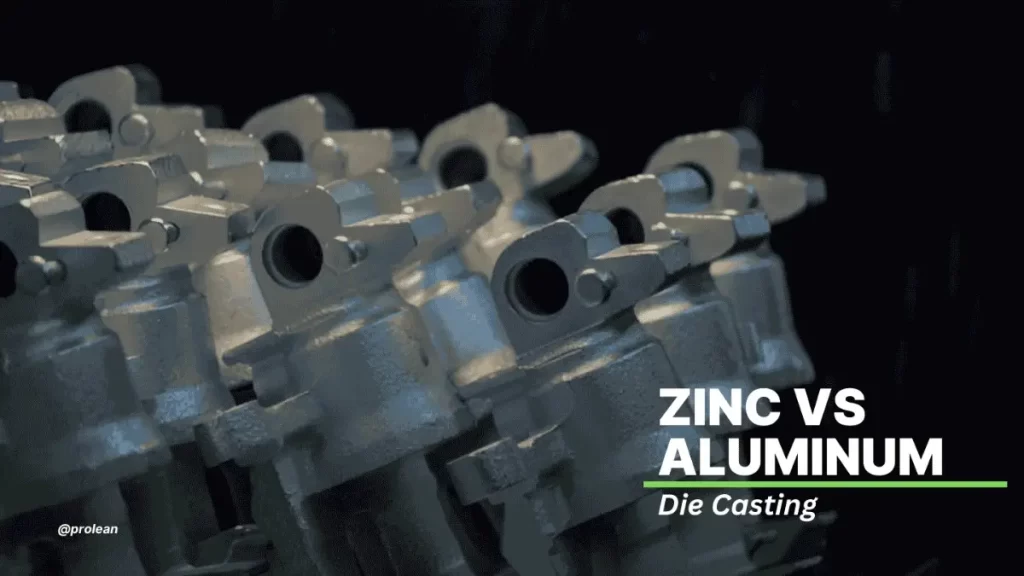
Zinc Vs Aluminum Die Casting
When choosing a die casting material, zinc vs aluminum often leads the list. These give high performance, but they serve different needs. At first, they may seem similar, but their properties, cost, and durability set them apart.
Die cast aluminum is a go-to for lightweight and strong components. These are mostly used in cars, planes, laptops, and kitchen tools. It performs well under heat and handles stress without adding bulk.
Die cast zinc, on the other hand, is ideal for high-detail components. It forms complex shapes with ease and delivers an excellent surface finish. We use it often for small hardware, electronic casings, and parts that need tight tolerances.
In this guide, we’ll walk you through the key features of both materials. You’ll see how each one performs, where it fits best, and how to choose the right one. Let’s break down the differences and benefits step by step.
Why Zinc is a Smart Pick for Die Casting
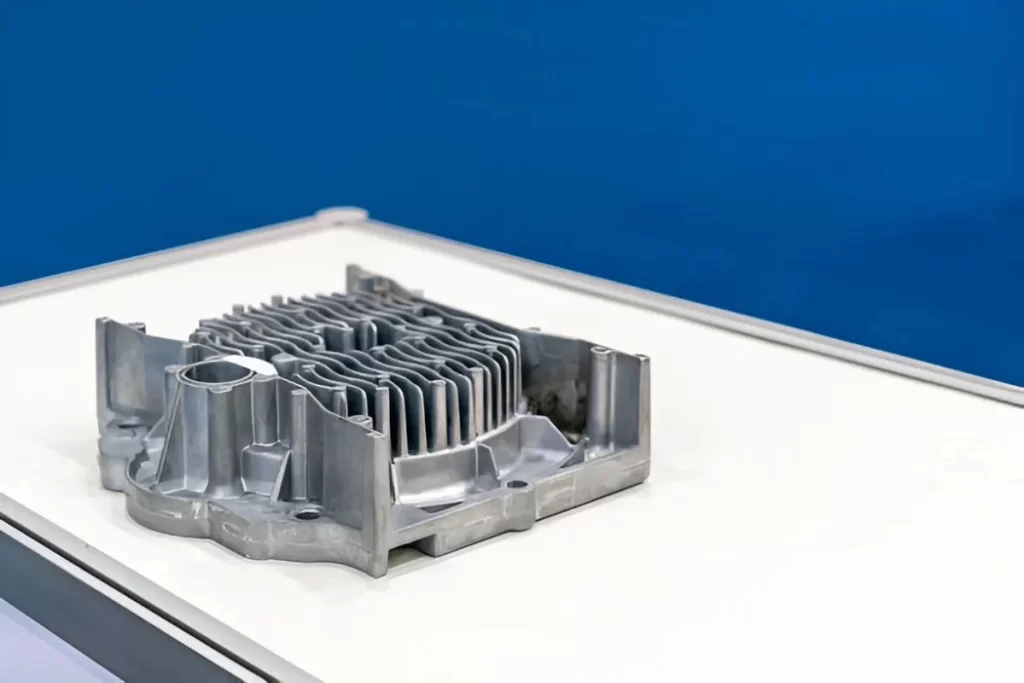
Zinc Die Casting
Die-cast zinc should be considered if your small parts require high precision. You can shape and design small components within automobiles and electronic products. Zinc is capable of displaying fine details with no challenges. If you need a part to be precise or to look smooth, zinc delivers without additional expense.
Pros of Using Zinc in Foundry Casting
In general, die casting manufacturer melts zinc at a reduced temperature than other alloys. It takes less energy to cast. Therefore, you can reduce the cost of producing parts.
Moreover, Zinc quickly pours into molds and shapes without any issues. As a result, your parts will have fewer blemishes and come out cleaner. You shouldn’t have to spend time on post-production work, as the part won’t require much post-finishing.
Zinc performs well under moderate temperatures. However, it may deform at sustained high heat. So, zinc alloy die casting is ideal for long production runs because it stays stable and produces consistent parts.
Built-in Advantages of Zinc Die Casting
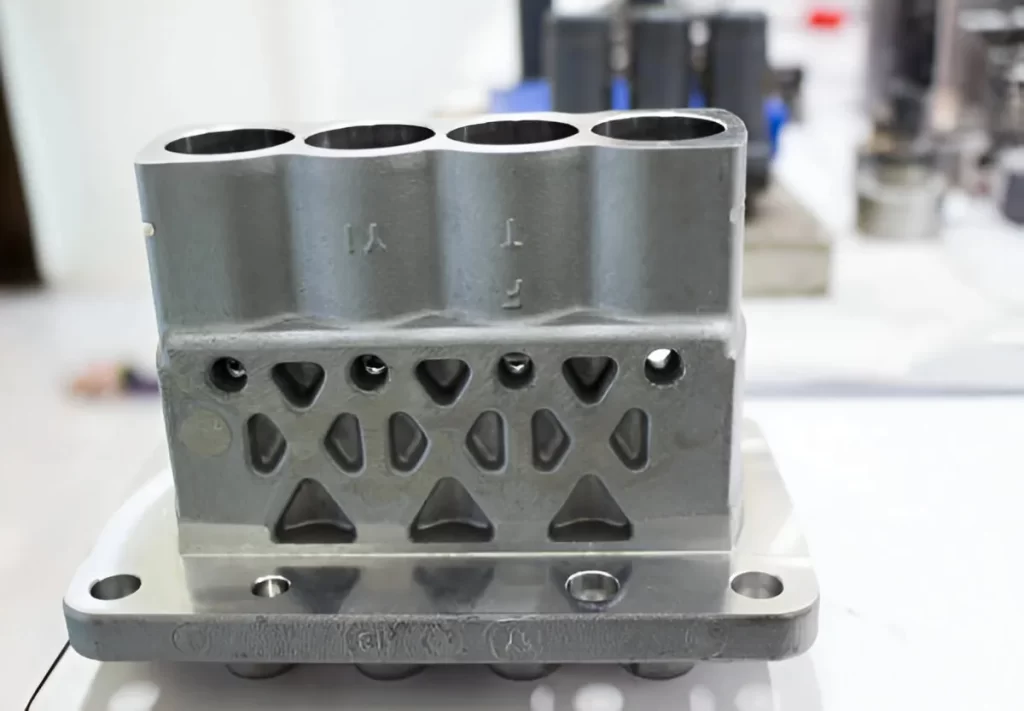
Zinc Die-Cast Product
Zinc can withstand harsh conditions. It is easy to form into various shapes. Features like strength and workability are usually challenging to find when casting metals.
The material is protected against rust. Zinc keeps its shape longer than other metals in humid and outdoor places. Thus, it helps expose windows, boats, and other items to moisture.
Designers favour zinc since it can be formed into intricate and precise detail parts. Zinc components often come out with a smooth, shiny finish that requires minimal post-processing. (Get more insights on magnesium casting)
Where You’ll See Zinc in Action
Zinc Cast Automotive Product
Many door hardware items, locks, brackets, and fuel system parts are usually made with it. These zinc die casting components might seem high in cost at first, but for long-haul production cycles, Zinc is economical.
Besides, zinc is applied in electronics to create the housing, connectors, and switch casings. It accurately supports small components and shields them against damage and premature wear and tear.
Moreover, it is used in furniture and house building. Many decorative items for your home are crafted with it because it gives a clean appearance and prevents corrosion. Since it is stable outside, it can be left out for a long time in all environments.
Try Prolean Now!
What Makes Die-Cast Aluminum a Great Choice
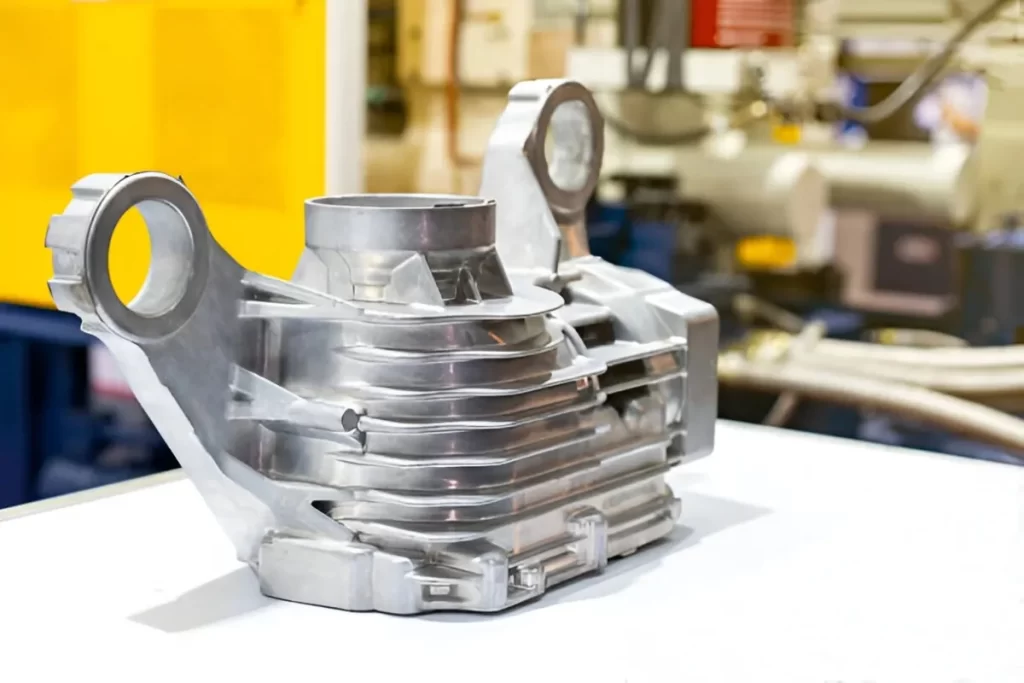
Aluminum Die Casting
An aluminum casting die is the best option if you require something durable and light. The process is used in many industries, such as cars, planes, and electronics. It will be most valuable when you want to minimize weight and keep the heat under control.
Aluminum is known for its good combination of qualities. It is not heavy, yet it is tough and sturdy. Aluminium die casting parts are ideal where handling stress and resisting corrosion is crucial.
Key Traits of Aluminum You Should Know

Aluminum In Raw Form
While aluminum is very strong, it does not weigh much. So, companies involved in aerospace or automotive die casting will benefit greatly. It also has excellent thermal conductivity, which makes it suitable for heat-dissipating components like engine parts and heat sinks. As a result, aluminum is often used to transfer heat in parts of engines or electronics. Since aluminum is corrosion-resistant, cast parts can last longer in outdoor and wet environments.
Main Properties:
- Aluminum weighs little (~2.7 grams per cubic centimeter).
- It efficiently transfers heat from one place to another
- Able to withstand rust and water.
- It performs well when the weight is considered.
- It is straightforward to shape and mold into different designs.
Why Aluminum Works Well in Die Casting
Using aluminum allows thermal products to be produced fast and flexibly. Quick molding and fast cooling make the cycle shorter and cheaper. Also, it does not get heavy when stressed.
You can manufacture detailed pieces using less material. Aluminum is often used in high-output production because it’s precise and performs well. Lower maintenance costs are possible since it is not prone to corrosion.
Key Advantages:
- A vehicle with little weight uses less fuel.
- Heat is transferred effectively in equipment and engines.
- It protects parts in tough and wet areas
- Weight is not an issue for parts that hold critical loads.
- It is ideal for rapidly casting a bulk of products.
Where You’ll Find Aluminum in Use
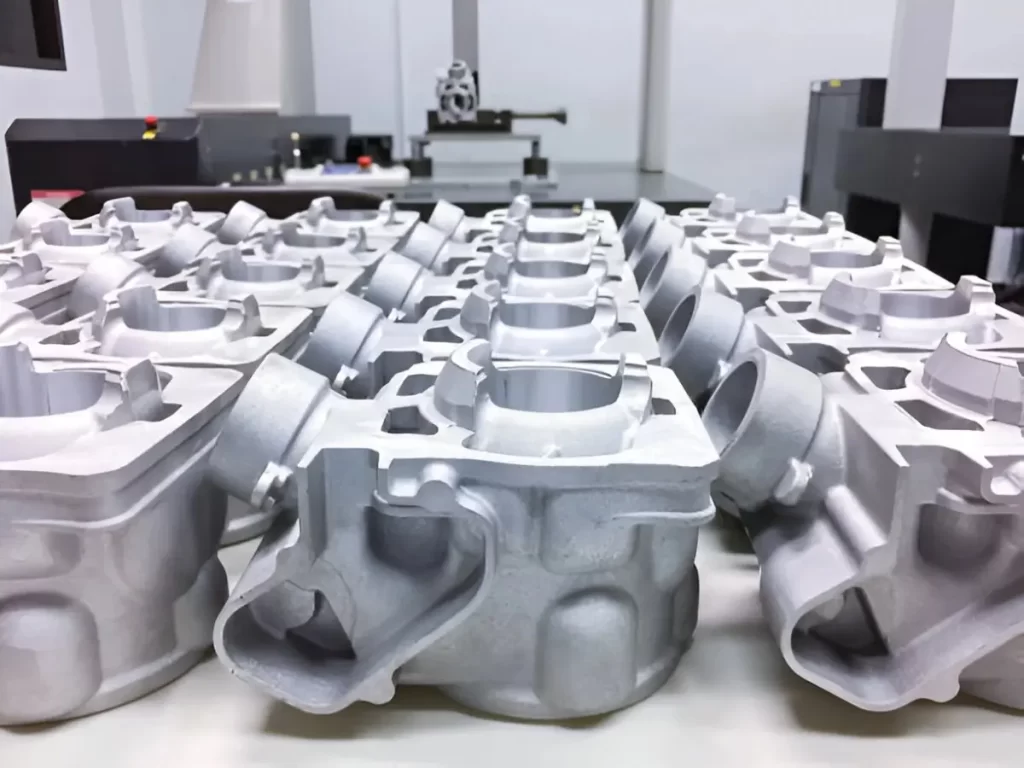
Aluminum Automotive Die-Cast Components
Aluminum die casting is found in almost all industries. Due to its strength, dependability, and low weight, we see it used in vehicles, in planes, and as part of electronic devices.
Common Applications:
- Automotive: In autos, engineers create engine housings, transmission cases, and suspension arms.
- Aerospace: It is used in interior elements of aircraft, various parts of engines, and landing gear housings
- Electronics: Parts from electronics, including heat sinks, devices, and housings.
- Industrial Equipment: In the industrial sector, pumps, brackets supporting structures, and lighting fixtures are part of the aluminum casting job.
Try Prolean Now!
Comparing zinc alloy vs aluminum Casting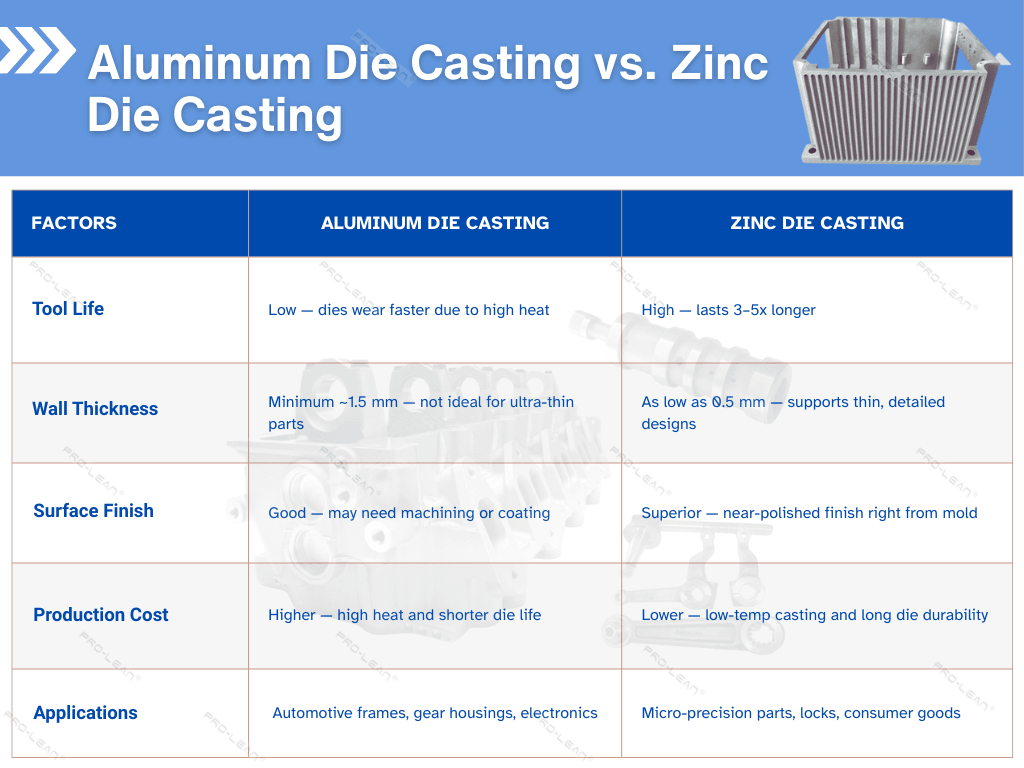
Infographic: Aluminum Die Casting Vs Zinc Die Casting
First, you must learn the properties of die-cast zinc and aluminum to choose one over the other. Both metals are solid, can be formed into parts, and used where demand is high, yet they differ in many ways.
Material Behaviour and Performance
Compared to zinc, aluminum is a light metal. For example, if you need something that can quickly release heat and keep the weight low, use aluminum. It is suitable for electronics and engine parts because it performs well regarding heat transfer.
Zinc allows you to make powerful and flexible items. When it matters to have a strong part with tight fits, go for zinc. It is also simple to form into detailed objects with neat lines.
Cost Considerations
Zinc is usually cheaper to work with when making a molded casting. It melts at a low temperature, is cost-efficient, and the tooling may not wear out as quickly. Therefore, it is less expensive when the product is made in larger quantities.
The use of aluminum may increase the material and the tooling price. Yet, it can help cut costs for industries that use less fuel and fewer resources for transportation due to less vehicle weight.
Finish and Surface Quality
Aluminum molds nicely and does not require much extra work after making the casting. Zinc provides a sharp look to small objects due to its texture. Aluminum may need to have secondary coatings. Zinc requires minimal post-processing.
Resistance to Corrosion
Zinc resists corrosion in normal outdoor conditions. However, it may require protective coatings in extreme conditions. That’s why it’s suitable for use in surroundings in the presence of moisture. Aluminum can withstand corrosion, but additional treatments can be added to increase its durability in harsh conditions. Still, it’s trusted for marine and outdoor use with the right finish.
Typical Use Cases
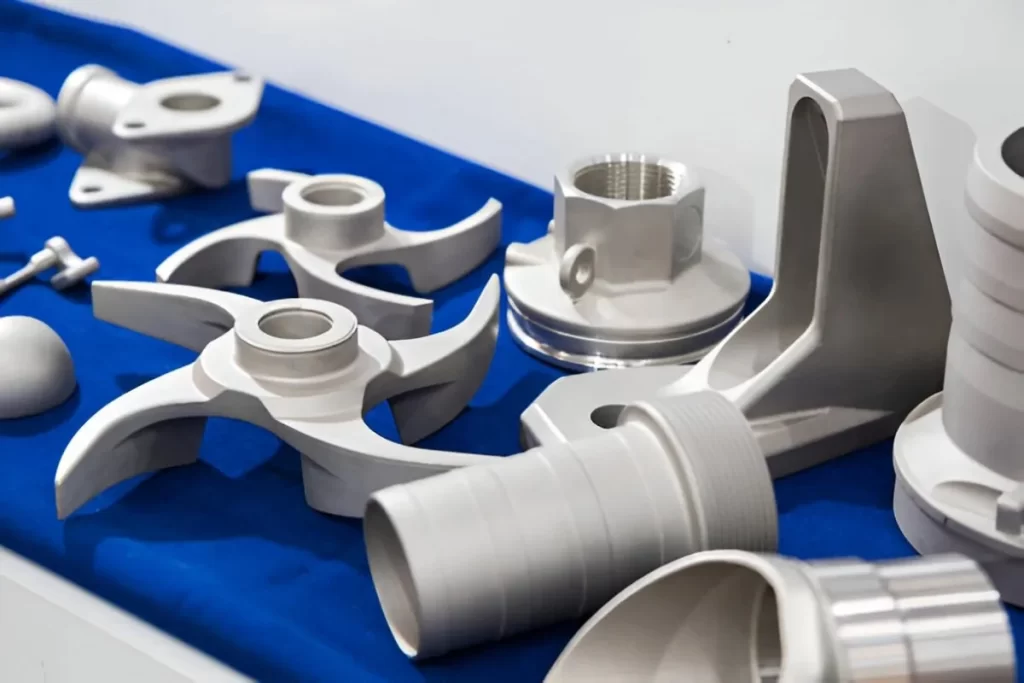
Aluminum Cast Prototypes
In automotive, aerospace, and electronics, aluminum is used because of its lightweight and heat control. Many engines, transmissions, and heat sinks are made of aluminum.
If you’re looking for challenging and durable parts, choose zinc. You can see it in industrial equipment, tools used for building, and various fittings.
Related To: die casting vs sand casting
How To Choose The Right Die Casting Material?
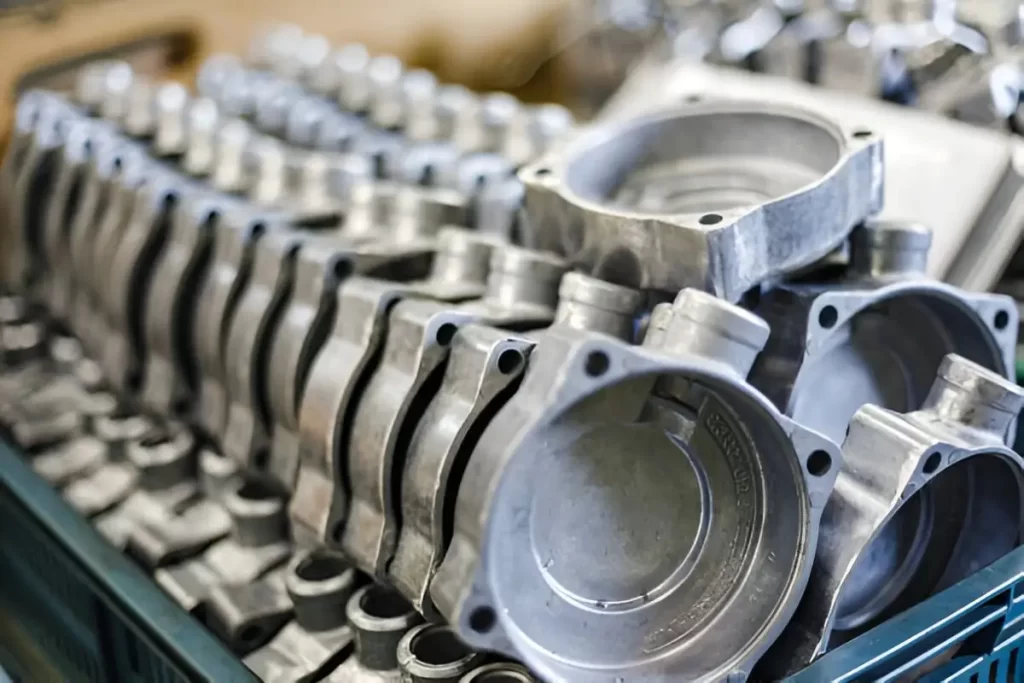
Zinc die-cast motorbike engine components
Every project has different needs, and choosing zinc or aluminum comes down to what matters most. Start by thinking about the application of the part to perform.
Determine the Requirements for Your Project
Be sure to consider the role of your part before choosing a metal. Do you need to prioritize strength, accurately control the temperature, or make the weight as light as possible? Identify all these queries, then choose a material that fits those requirements.
Application Needs Matter Most
When loads or impacts are high for your part, zinc is a good choice. It is very tough and durable. However, if creating a device that should remain light or cool quickly is necessary, use aluminum.
Think About the Quantity You Need
Usually, zinc costs less than aluminum and copper. It requires less energy during the casting process, and the tools last longer. It is ideal if you want to spend less and gain more.
While aluminum costs more to purchase, it may save you money. Metal cars help conserve more fuel and result in cheaper shipping due to their lightweight.
Check the Design Complexity
Manufacturing at a high rate is possible with zinc. It forms fast, sets quickly, and is capable of multiple uses. If you are producing a large number of parts, choosing aluminum could be the most effective option.
Review the Challenge of Design
Any design that contains thin walls or small parts can significantly benefit from zinc. It can be poured into detailed molds and produce sharp results. Parts made from aluminum can be detailed, but they may require more finishing after processing.
Final Thoughts
Choosing between die-cast zinc vs aluminum depends on your project’s needs. Each material brings its strengths to the table. Zinc offers excellent stability and impact resistance. Aluminum stands out for its lightweight and heat-handling abilities.
Consider your part’s function, cost, volume, and design complexity to make the right decision. When you match these needs with the right material, your results improve in performance and efficiency.
At Prolean Tech, we specialize in high-precision aluminum die casting. Our expert team uses advanced tools and techniques to deliver parts that meet your requirements. Reach out to Prolean Tech today to explore how our custom die casting service can power your next project.
FAQ’s
Q1: Is zinc die casting the same as aluminum die casting?
No, they’re not the same. Zinc is better for small, detailed parts. Aluminum is lighter and good for parts that deal with heat.
Q2: What are some limitations of aluminum in die casting?
Aluminum cools quickly, so it’s harder to cast tiny details. It also needs more heat to melt, which can cost more. But it’s great when you need something light and strong.
Q3: What is the difference between zinc and aluminum?
Zinc is better suited for small, precise parts with intricate details. Aluminum is lighter and good for parts where weight and heat matter. Each one is good for different types of jobs.

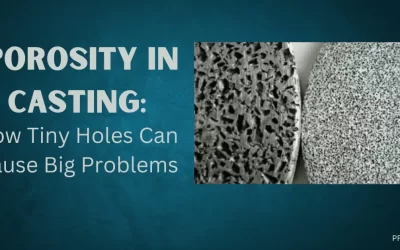
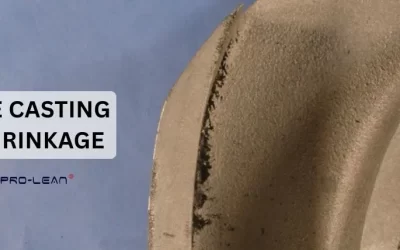
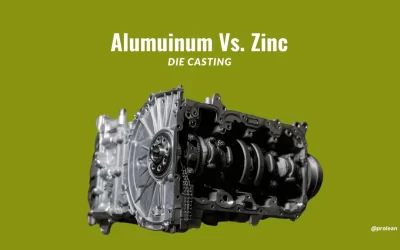
0 Comments